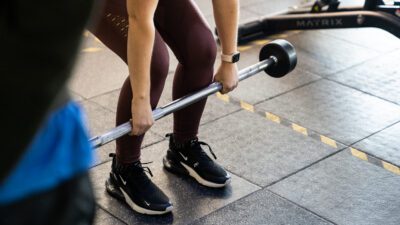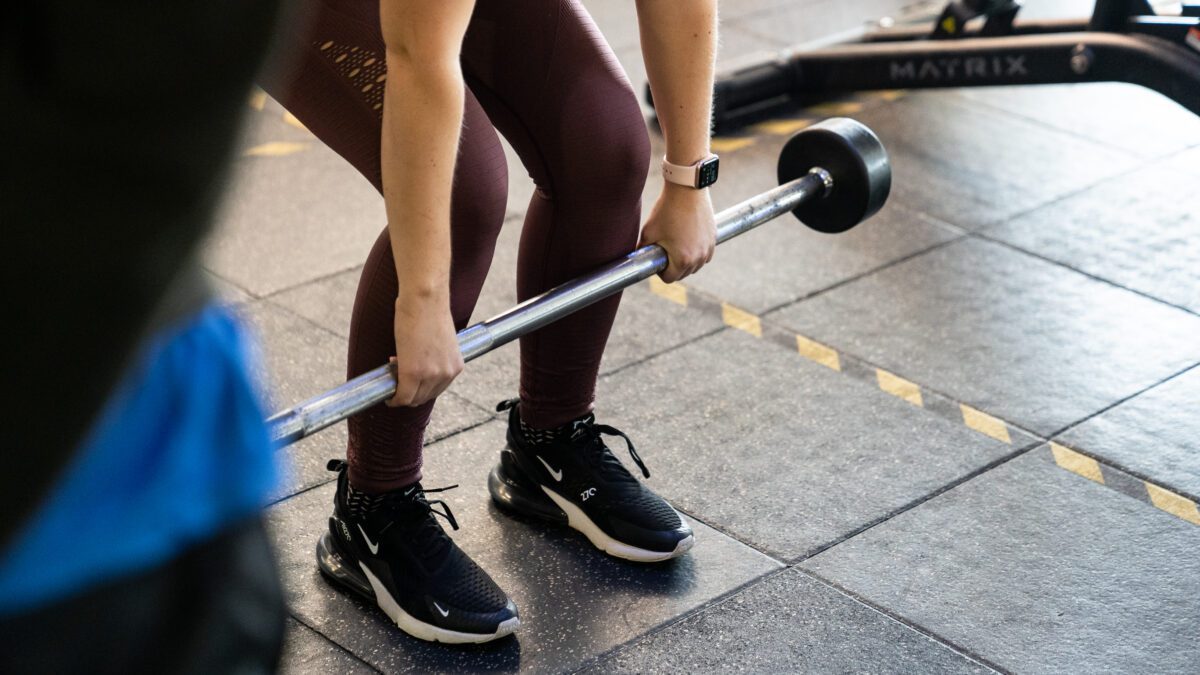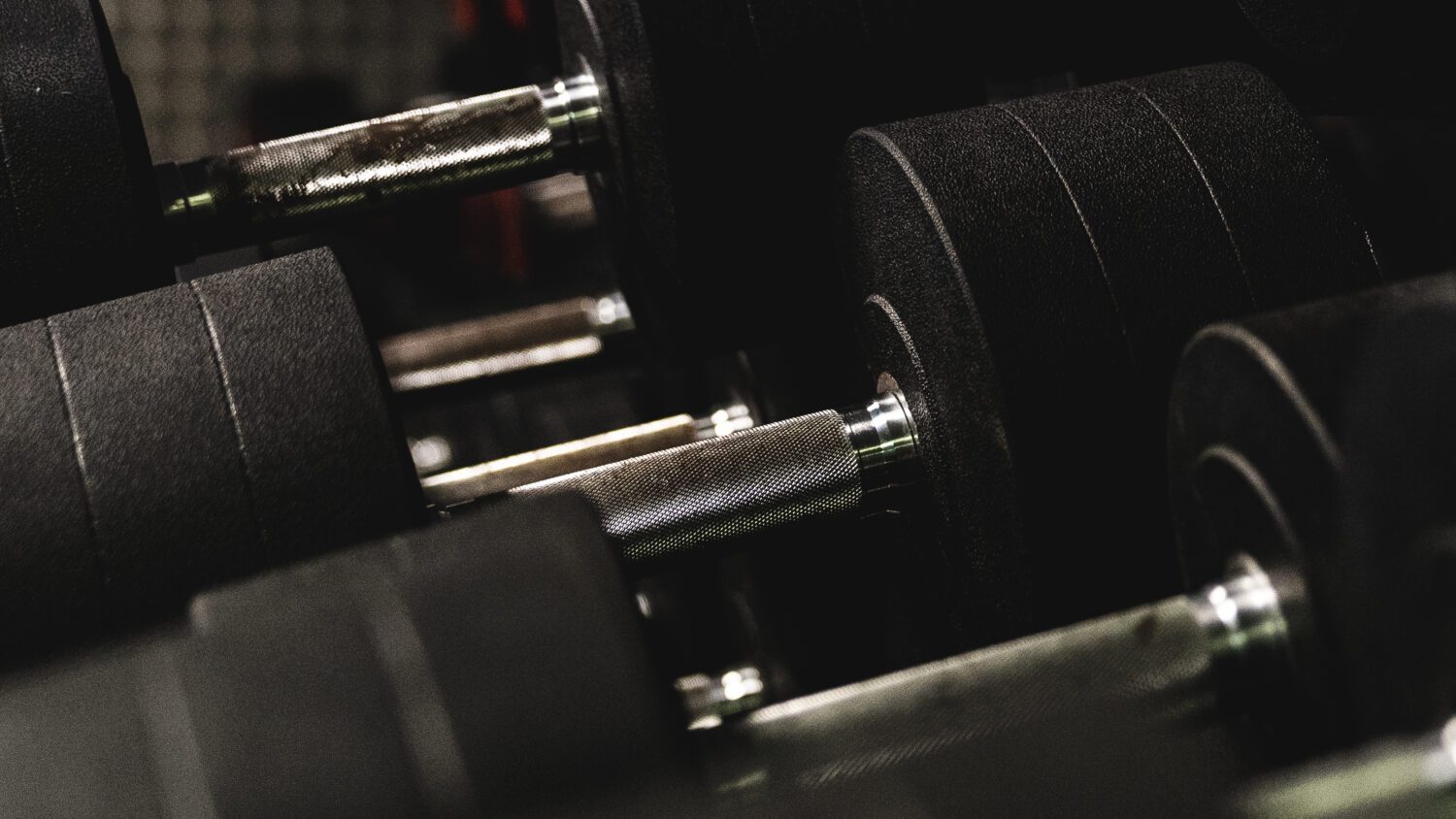



Deadlifts work more muscles than any other exercise and can be responsible for huge increases in strength, improved fat loss, and a big hormonal response.
Sadly when performed incorrectly (which they frequently are) deadlifts can also be one of the more dangerous exercises around and cause more gym-related injuries than almost any other exercise. In this article, we are going to look at what deadlifts are, how to perform them, and ways that you can upgrade them or customise them to suit your goals.
If we went into every single muscle that the deadlift works the entire article would just be a list of 30 odd muscles – many of which are unknown to 99% of people (if you can point to your Superior gemellus then you might just be part of that 1%). So we’re just going to talk about the major muscles worked during a deadlift. These are:
The only major muscle groups that aren’t worked by the deadlift are the Chest and Shoulder muscles (unless you count the Trapezius as part of the shoulders). Deadlifts are an excellent way to increase your grip strength, strengthen your lower back, and strengthen the muscles required for good posture (there’s some debate as to whether deadlifts improve posture or not).
Due to the number of muscles worked, the deadlift is a great choice for fat-burning and is also a great exercise for increasing strength. If you’re looking for an exercise that will improve your physique whilst also lowering your risk of injury then the deadlift is king.
You have now completed a deadlift.

Wear Flat Shoes Not Running Shoes – If you cannot get hold of any flat shoes then perform the deadlift with bare feet. This will keep you closer to the ground which means the bar will have less of a distance to travel.
Maximise Your Rest Periods – Many studies have found that 3 minutes is the optimal amount of time to improve both strength and size. Use this time to lower your heart rate through slow breathing, hydrate, and prepare for the next set.
Keep Your Reps Low – High rep ranges are not suitable for the deadlift, it is too difficult an exercise to perform correctly for 30 to 40 reps in a session. Keep the reps to between 4 and 6 and concentrate on technique.
Know When To Use Chalk – If your grip keeps slipping you can use chalk to improve it, this will allow you to lift a heavy weight for more reps. However, if you use chalk all the time then your grip strength will never improve. Your best bet is to limit the amount of time that you use chalk – saving it for the last set for example.
Use Rack Pulls – A rack pull is a deadlift with a shortened range of motion, usually performed with the bar raised off the ground within a squat rack (hence the name). Because there is a smaller range of motion it is easier to lift heavier weights than you can during a deadlift. Rack pulls can help accustom you to a higher weight, improve your grip strength, and improve the lockout position (where you push your hips against the bar at the top of the movement).
Try Sumo Deadlifts – These are another variation of the deadlift. With sumo deadlifts instead of having your feet close together, you have them wide apart (like a sumo wrestler). This means that your arms are inside your knees rather than outside. Sumos tend to work the adductor and abductor muscles more than a regular deadlift, and a lot of lifters prefer them. Give both a try to see which one suits you.
You can learn more about deadlifting in our Advanced Resistance Training CPD course